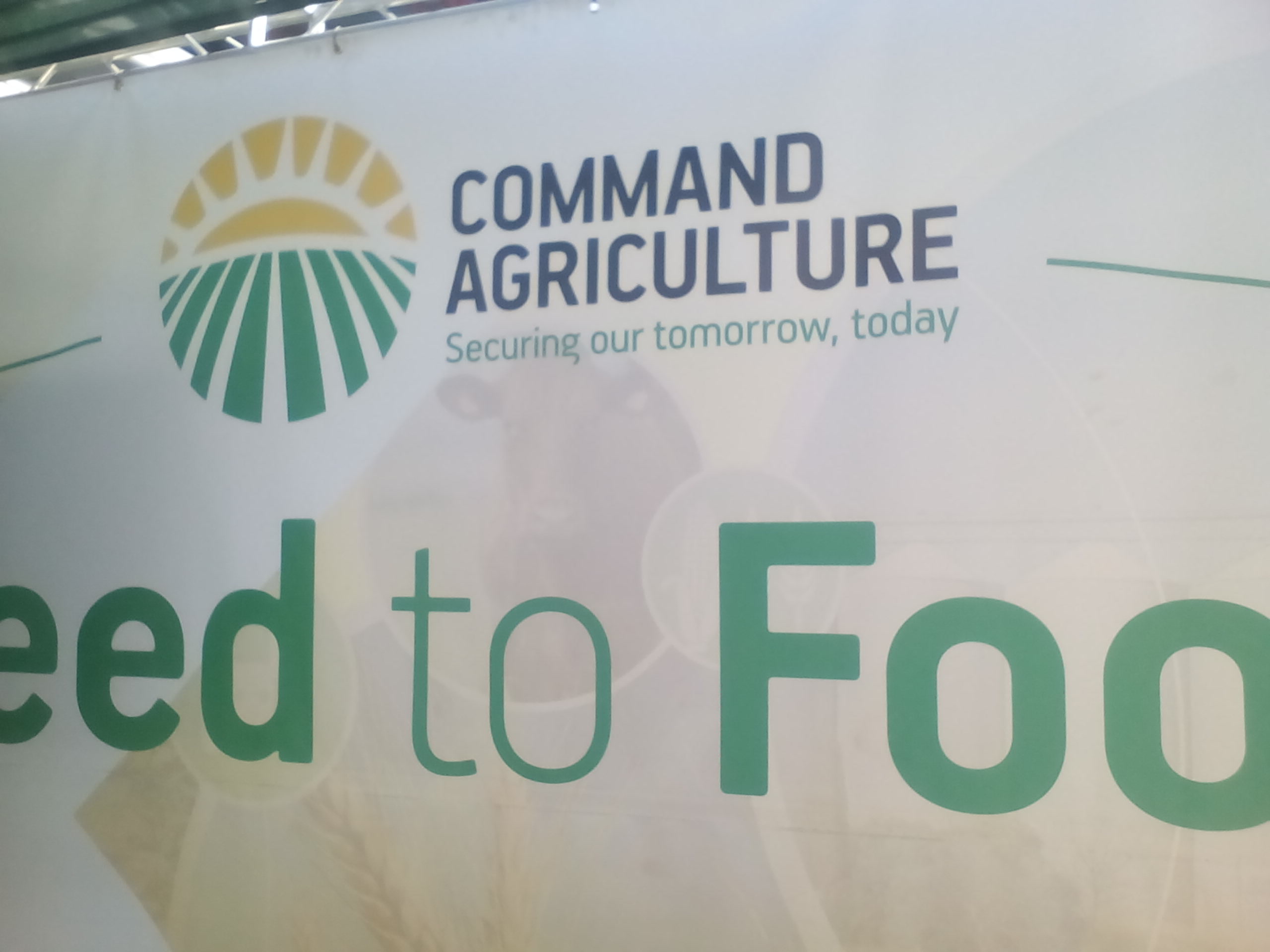By Wisdom Mumera
Zimbabwe’s agricultural sector is suffering from a lack of science based farming methods stemming from lack of knowledge that is hampering production according to an expert.
Speaking at a Zimbabwe Lands Commission National Needs Assessment Validation Workshop in Harare, Professor Sheunesu Mpepereki called for investment into farmer knowledge if the country is to benefit from the land resettlement exercise.
“We need a science based land use so that we develop maximum benefit, what we have presently is all to do with chance.
Most of the planting being done today isn’t science based and resultantly production suffers due to the lack of knowledge.
“Our current production per hectare is around 1.1 tonne per hectare in Command Agriculture but with proper farming methods production can be as higher as 5 tonnes meaning at the end of the harvest Grain Marketing Board (GMB) will have something around 6.5 million tonnes of maize”, he said.
Mpepereki who lectures in Agriculture at the University of Zimbabwe (UZ) stated that the Rhodesian government had invested in its farmers over decades until they could produce to the maximum.
“Tobacco is doing well today, why, because the white farmer spent a lot of decades learning, so there is need for knowledge mechanisation.
“We need to mechanise, we need a new mechanisation medium which focuses on the small and medium farmer.
The Prof dismissed the current land hunger saying it’s mainly driven by a failure to utilise the land.
Government has been on a drive to increase agricultural input with Command Agriculture the latest program to be used to assist farmers.
However program has since been enmeshed in a lot of smoke with factional fighting bringing confusion as to its successes.
The government has stepped up propaganda to sell the command agriculture scheme as a huge success but those in the loop about its implementation say it is part of a well-calculated cover-up.
Some media reports have stated that ‘less than 200 000 ha of land were under maize production against a target of 400 000 ha, with a budget of $500 million sourced from banks, fuel companies and other business entities as a loan’.
This does not tally with government statements claiming that this year’s bumper harvest should be attributed to command agriculture.
The reports indicated that 10,1 million litres of fuel, 6 319 metric tonnes of seed maize, 50 150 metric tonnes of compound D fertilisers, 31 465 metric tonnes of top dressing fertilisers and as yet to be quantified agro chemicals were used in the programme.
These numbers have served to dampen the euphoria over the success of the program which has seemed more and more contrived.
